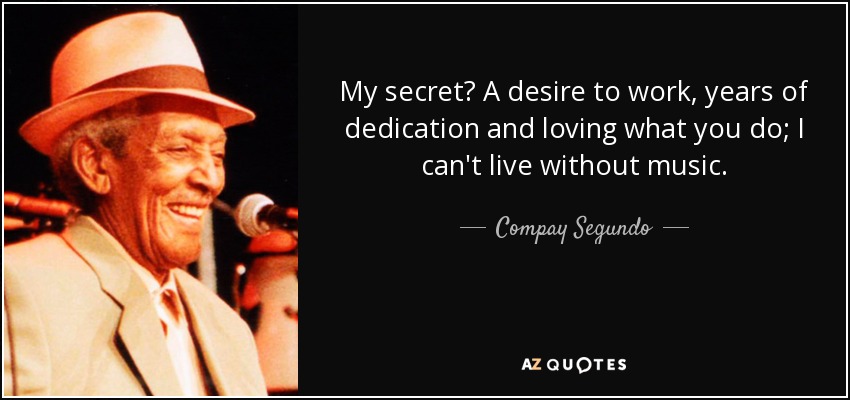"It is an extraordinary challenge," said Dr. Sally Aiken, president of the National Association of Medical Examiners. "There just isn't really the infrastructure."
The under-counting discussed in the following news report pertains only to the United States, but the same situation would be in play with all countries where the disease has reached epidemic proportions. This is a long report, so I'm just going to start you out with select passages from the first part, and hope you'll read the rest at the ABC website.
The most damning statement in the report is the one I quoted above. But why doesn't the United States of America, the world's hyperpower nation, have such infrastructure in place?
How accurate is the US coronavirus death count? Some experts say it's off by 'tens of thousands'
To get an accurate picture of the pandemic, US needs to test more of the dead.
By Dr. Mark Abdelmalek, Chris Francescani and
Kaitlyn Folmer
April 30, 2020 - 4:56 PM
ABC News [USA]
The novel coronavirus has already claimed the lives of more than 61,000 Americans. But experts fear that number could be far higher at this point in the outbreak -- perhaps by tens of thousands -- once the pandemic subsides enough for officials to go back and make a true reckoning of the dead.
Experts are urging leaders to take measures right now to preserve data and medical specimens so that science has the chance to determine the precise number of people who succumbed during one of the most severe global pandemics in memory.
"Under-counting deaths in this particular epidemic is happening all over," said Dr. Daniel Lopez-Acuna, an epidemiologist and former top World Health Organization official, who spent 30 years at the organization. "It’s almost inevitable."
Calculating the precise number of COVID-19 deaths is remarkably complicated for a number of reasons. But leading epidemiologists, pathologists, medical examiners, medical history professors and local, state, federal and global health officials told ABC News that more testing is the single most important factor in determining an accurate national death count.
"We need to have the testing available because the big question now with COVID-19 is the denominator -- of anything," said Dr. Alex Williamson of the College of American Pathologists. "How many people get it? How many people recover? How many are hospitalized? How many died? We don't know the true denominator. More testing is the most important thing we need to do."
Ongoing testing kit shortages in cities and states nationwide means that only clearly symptomatic patients are currently being tested in many places. There also is no uniform national system in the U.S. for investigating deaths, and until two weeks ago, the U.S. was only counting Americans who lab-tested positive, before or after death, for COVID-19.
Left out of the tally are people who died without being tested and those who died at home or some other non-healthcare facilities before they could seek medical care.
"It is an extraordinary challenge," said Dr. Sally Aiken, president of the National Association of Medical Examiners. "There just isn't really the infrastructure."
Further undermining an accurate national count are new analyses that suggest the virus was spreading in the U.S. much earlier than previously believed, likely playing a role in more deaths than currently known.
[...]
While most news organizations rely on the Johns Hopkins University figures, which are pulled directly from state and local government websites and are considered a more timely picture of the problem, the National Center for Health Statistics, a branch of the CDC, is the primary agency responsible for U.S. health statistics, which are compiled by collecting data on births, deaths and health surveys.
Due to the lack of a uniform U.S. system, the NCHS system lags about two weeks behind in reporting said, Dr. Robert Anderson, chief of mortality statistics.
Daniel Weinberger, an epidemiologist from the Yale School of Public Health, analyzed NCHS death count data to estimate how many COVID-19 deaths may have gone uncounted during the five-week period from March 1 to April 3.
He concluded the official death toll in the U.S. is "probably a substantial underestimate of the true number by tens of thousands."
[...]
********
[...]
While most news organizations rely on the Johns Hopkins University figures, which are pulled directly from state and local government websites and are considered a more timely picture of the problem, the National Center for Health Statistics, a branch of the CDC, is the primary agency responsible for U.S. health statistics, which are compiled by collecting data on births, deaths and health surveys.
Due to the lack of a uniform U.S. system, the NCHS system lags about two weeks behind in reporting said, Dr. Robert Anderson, chief of mortality statistics.
Daniel Weinberger, an epidemiologist from the Yale School of Public Health, analyzed NCHS death count data to estimate how many COVID-19 deaths may have gone uncounted during the five-week period from March 1 to April 3.
He concluded the official death toll in the U.S. is "probably a substantial underestimate of the true number by tens of thousands."
[...]
********

